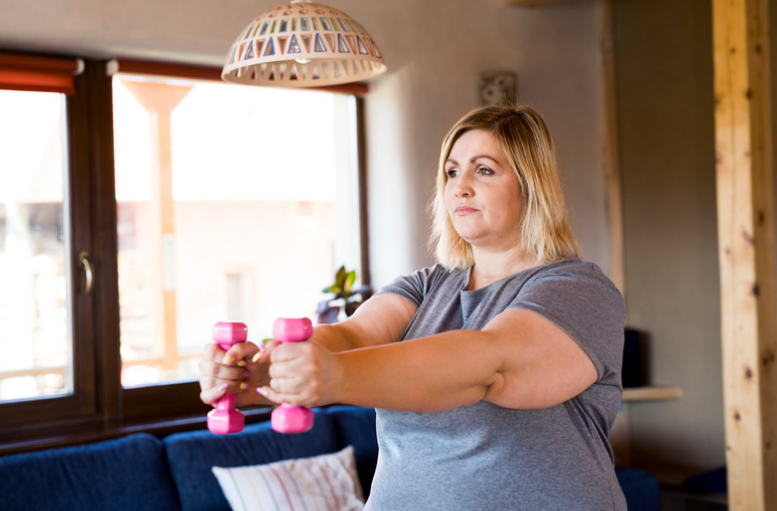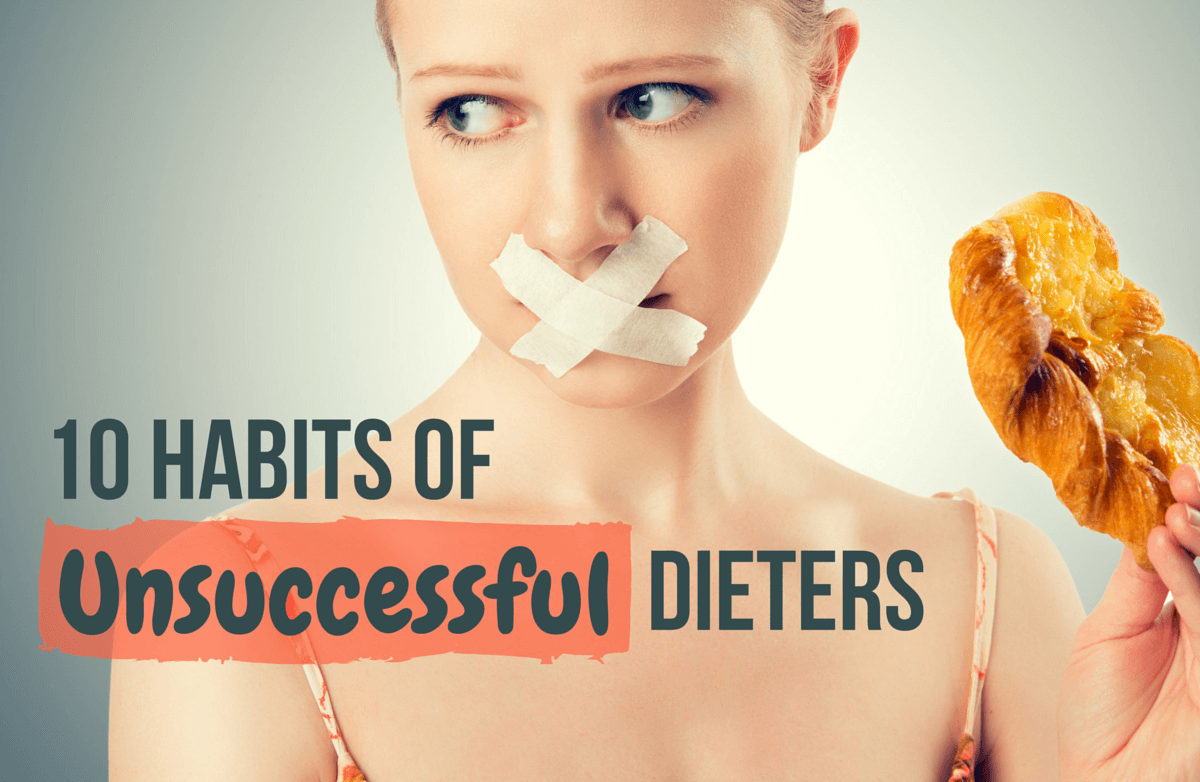How much space do you have?
Begin by reflecting on the space you have available and the sun exposure your plot receives. Space and sunlight will ultimately determine how much you can grow—and where. While it might be enticing to attempt something exotic from outside your hardiness zone, it is very difficult to make up for climate differences; a plant will not reach peak production if the sun isn’t compatible with its needs. Take a look at the plot you have and compare that to the special needs of what you might want to plant. Some plants require a lot of space; melons can take up to 20 feet, for example. However, if the foods you want to plant are bigger than the plot you have, some can be grown up a trellis to save space. Cucumbers, pole beans, dwarf melons, peas, squash or non-edibles work well that way. What you don’t want is a space that is too crowded. A seed packet or starter plant will always come with instructions on planting, spacing and thinning. Plants will never be bountiful when crowded or "competing" with too many others nearby, so let your plants stretch their roots out by spacing them wisely and thinning as necessary.
How much sunlight is available?
Next, consider the sun exposure needs of the plants you want to grow. "Full sun" means exposure for at least six full hours per day, and partial sun/partial shade is between three and six hours per day. This bit of information will help you plan the arrangement of your plants and the location of your plot. The tallest and most sun-loving of your garden, like corn or anything grown vertically up a trellis (beans and peas and the like), should be on the north side. The next section of your garden should include medium-tall edibles such as tomatoes, peppers and cabbage, followed on the south side with the shortest varieties like radishes, carrots and other tuberous plants. This method ensures that the taller varieties do not shade the other plants around them. To help you determine the space you need for different varieties of edibles and the possible yield, check out this handy calculator.
Pick your plants.
Before you plant anything, think about what you want to grow, then research the plants you want. Do they need started indoors from seed? Would you rather purchase them as a starter plant? Are they able to be sown directly into the soil? Some seeds are frost tolerant (such as collards and spinach), but most are not. You may need to narrow down your list based on the plant's needs and your available space. By the end of this step, you should know which plants would grow well in the space you have available.
How much?
Next, think about what kind of yield would be useful for your diet and family size. It can be very tempting to sow every seed in a packet, but for many varieties, it can be too much. Consider lettuce for example. A one-ounce package of seeds contains around 16,000 lettuce seeds in it! Thinning and failed germination is to be expected, so try to strike a balance between those factors and how much you actually consume. A packet can always be sealed up and stored in a cool, dark place to be re-opened next year. And even if your garden produces more food than you or your family can consume, you could either donate or preserve the food for later use. The last thing you want is your edibles going to waste. If you're new to gardening and aren't sure what to expect, start small. A single tomato or pepper plant will still save you money at the grocery store, and the experience of growing just one or two plants is valuable when deciding how much to expand your garden in future seasons.
Keep records.
Lastly, and most importantly, decide what seems right to you about record-keeping. Some people choose to be very meticulous and chart the variety of vegetables or fruits they plant each year, where they planted it, when it was planted, its estimated harvest date (available on the back of every seed packet) and its actual yield. Some choose the low maintenance route and simply note what types of plants they grew and where (important for crop rotation, which is imperative for crop disease prevention in certain plants, such as tomatoes). Biting off more than you can chew with planning and record-keeping can be more stress than you want to introduce to a hobby. On the flipside, good charting can help make your garden the best it can be year after year.





.png)






